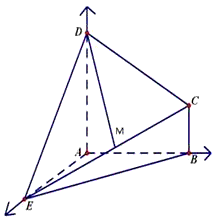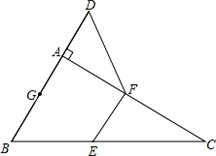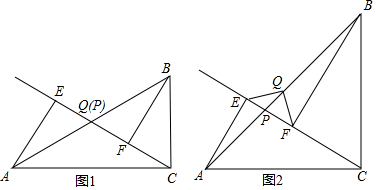Title: Silk: A Unique Fiber from Nature
Silk, a fiber that can be traced back thousands of years, is a unique and natural material that has fascinated many. Its origins can be found in China, where it was first produced by weaving the threads of the silkworm into cloth. The silk fiber is light, strong, and resilient, making it an ideal material for clothing, bedding, and many other applications. It also has a natural shine and elegance that cannot be matched by any other fiber.The process of making silk is quite complex and requires great patience and skill. The silkworm is reared carefully, and when it reaches adulthood, it spins its cocoon. The cocoon is then harvested and the threads are carefully reeled into long, continuous lengths. These threads are then woven into cloth using a loom. The resulting silk cloth is light, smooth, and strong, with a unique texture and feel that cannot be replicated by any other material.Silk has also played a significant role in history and culture. It has been used in many different ways, including as a medium for painting and printing, and as a raw material for paper making. It has also been exported all over the world, becoming a symbol of luxury and status.Today, silk still retains its unique position in the world of fibers. It is still produced by hand in many places, and its demand has never diminished. Whether it is being used to make clothing, bedding, or even just as a decorative accessory, silk always manages to captivate and inspire those who come into contact with it.
Silk, also known as natural silk or true silk, is a fiber that has captivated the world for centuries. Its origins can be traced back to ancient China, where it was first cultivated and used to make clothing, bedding, and other textiles. Today, silk is still widely used in a variety of applications, including fashion, home decoration, and even industrial uses.
But what exactly is silk? Silk is a protein fiber that is produced by certain insects, most commonly the silk moth. These insects create a strong, yet lightweight thread to build their cocoons. When the cocoons are harvested and processed, the resulting fiber is what we call silk.
Silk has several unique properties that make it stand out from other fibers. One of the most notable properties of silk is its incredible strength. Silk fibers are able to withstand high levels of tension without breaking, making it an ideal material for applications where strength and durability are required.
Another property of silk is its natural shine and smooth texture. The way in which the fibers reflect light gives silk its characteristic luster, making it an attractive option for fashion and home decoration. Additionally, silk has a soft and comfortable feel that is difficult to replicate with synthetic fibers.

One of the most significant benefits of silk is its breathability. Silk fibers are porous, allowing air to pass through them easily. This makes silk an excellent choice for clothing and bedding, as it helps to regulate body temperature and provide a comfortable sleeping environment.
Another benefit of silk is its hypoallergenic nature. Silk fibers are resistant to allergens and bacteria, making it a safe and comfortable material for those who suffer from allergies or sensitive skin. This also makes silk an ideal choice for medical applications, where it is used to make surgical sutures and other medical devices.

The uses of silk are vast and diverse. It can be spun into thread to make clothing, bedding, and other textiles. It can also be used to make industrial fabrics like conveyor belts and upholstery. Additionally, silk has even been used in the creation of artworks and jewelry, where its unique properties and beauty are showcased.
However, like any natural resource, the production of silk has an environmental impact. The cultivation of silk worms requires a significant amount of water and resources, and the processing of the cocoons can also involve some chemical treatments. Therefore, it is important to find sustainable and environmentally friendly ways to produce silk in order to reduce its environmental footprint.

In conclusion, silk is a unique and versatile fiber that has captivated the world for centuries. Its incredible strength, natural shine, smooth texture, breathability, and hypoallergenic nature make it an ideal material for a variety of applications. However, we must also be mindful of the environmental impact of its production and find sustainable solutions to protect our natural resources.
Articles related to the knowledge points of this article:
Title: Saakashvilis Love for Ties: A Tale of Tactility and Subversion
Title: The Art of Crafting Woven Wonders: An Insight into the World of Tie Factories
Liquidate Your Winter Coat: Tips and Advice
Waterproof Down: The Ultimate Guide
Title: Mastering the Art of Tie Knots: A Guide to Wearing Formal Neckwear with Style
Title: Mastering the Art of Half-Windsor Tie Knots: A Comprehensive Guide



